Other training
OTHER TRAINING WE OFFER
INVEST IN YOUR FUTURE!
The Black Pepper & Basil Bar Academy is a reference in the training, certification, and improvement of bar professionals and currently promotes, under Portugal2020, modular training courses funded and certified by DGERT that aim to provide skills and professional certification in the area of Hospitality and Catering.
Learning more about entrepreneurship, enology, and bartending for free is the motto of the Bar Academy promoted by Black Pepper & Basil, under the Lisboa2020-Portugal2020 program.
The trainings aim at granting Professional Competences and Certification in this area in online, face-to-face and mixed format, in working and post-working hours for employees and unemployed people.
The challenge is thus launched to all those who want to invest in their personal and professional growth.
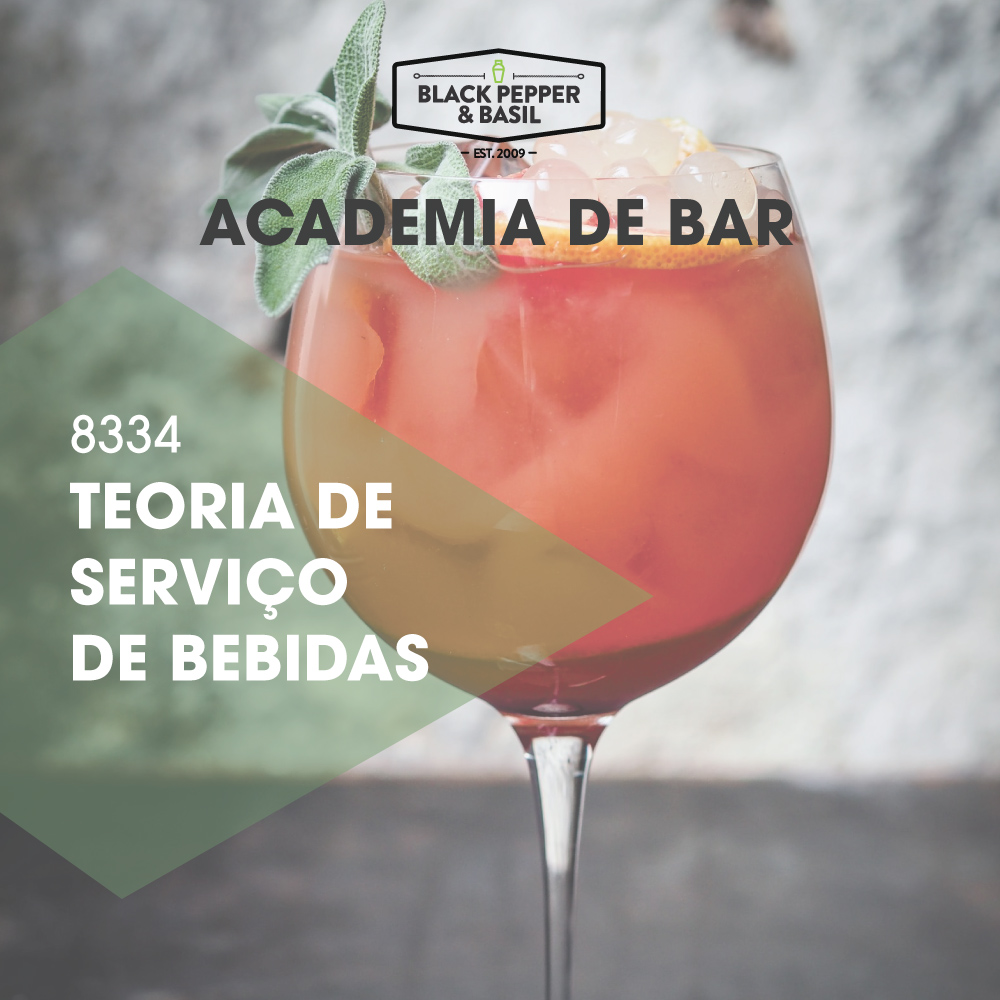
WORKLOAD: 25 HOURS
CREDIT POINTS: 2.25
Objectives
Identify the classification of beverages;
Identify the beverage manufacturing processes;
Identify the functions of beverages;
Identify the utensils, equipment, and machinery used in beverage service;
Identify the characteristics of cafeteria service.
Content;
Classification of beverages and manufacturing processes;
Non-alcoholic beverages;
Fermented alcoholic beverages;
Distilled alcoholic beverages;
Compound alcoholic beverages;
Function of Calming Drinks;
Stimulants;
Desiccants (aperitives and digestives);
Bar utensils, bar equipment and machinery;
Coffee, tea, and infusion service.
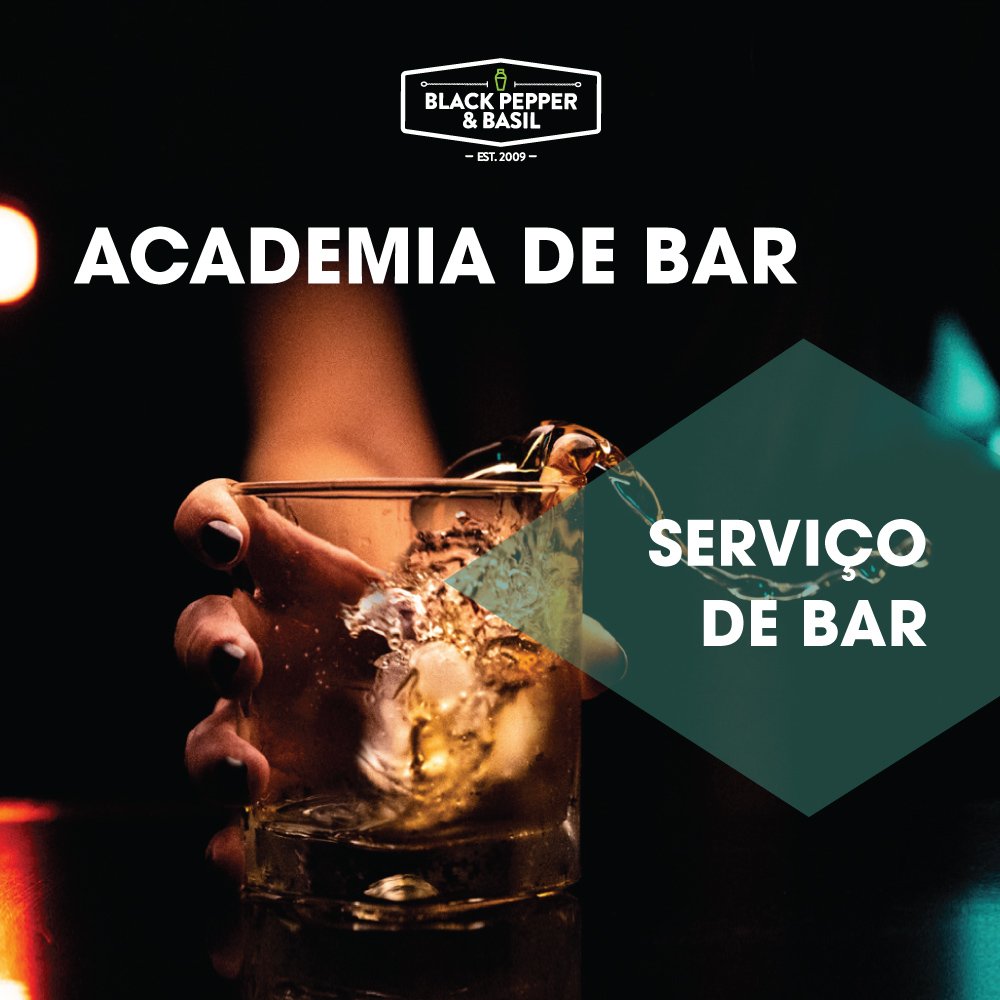
WORKLOAD: 25 HOURS
CREDIT POINTS: 2.25
Objectives
Identify the rules of organization and operation of the bar service;
Identify the equipment and utensils needed in bar service;
Identify the rules and techniques for making a bar menu;
Identify the procedures inherent to production at the bar;
Characterize the different special bar services;
Recognize the importance of compliance with health and safety standards.
Content;
Organization and operation of the bar service;
Types of establishments and framework legislation;
Features and operating rules;
Equipment;
Utensils;
Clothing / attire;
Terminology;
Technology of bar service equipment and utensils;
Features;
Principles of operation and ways of using it;
Hygiene, maintenance and conservation; Bar cards; Technical data sheet;
Structure
Composition;
Procedures for organizing bar service;
Documentary process and support;
Legislation regulating the commercialization of food products;
Production planning;
Physical media layout;
Work organization;
Provision of the necessary means;
Cleaning the section;
Organization of events and special services;
Hygiene and safety norms.
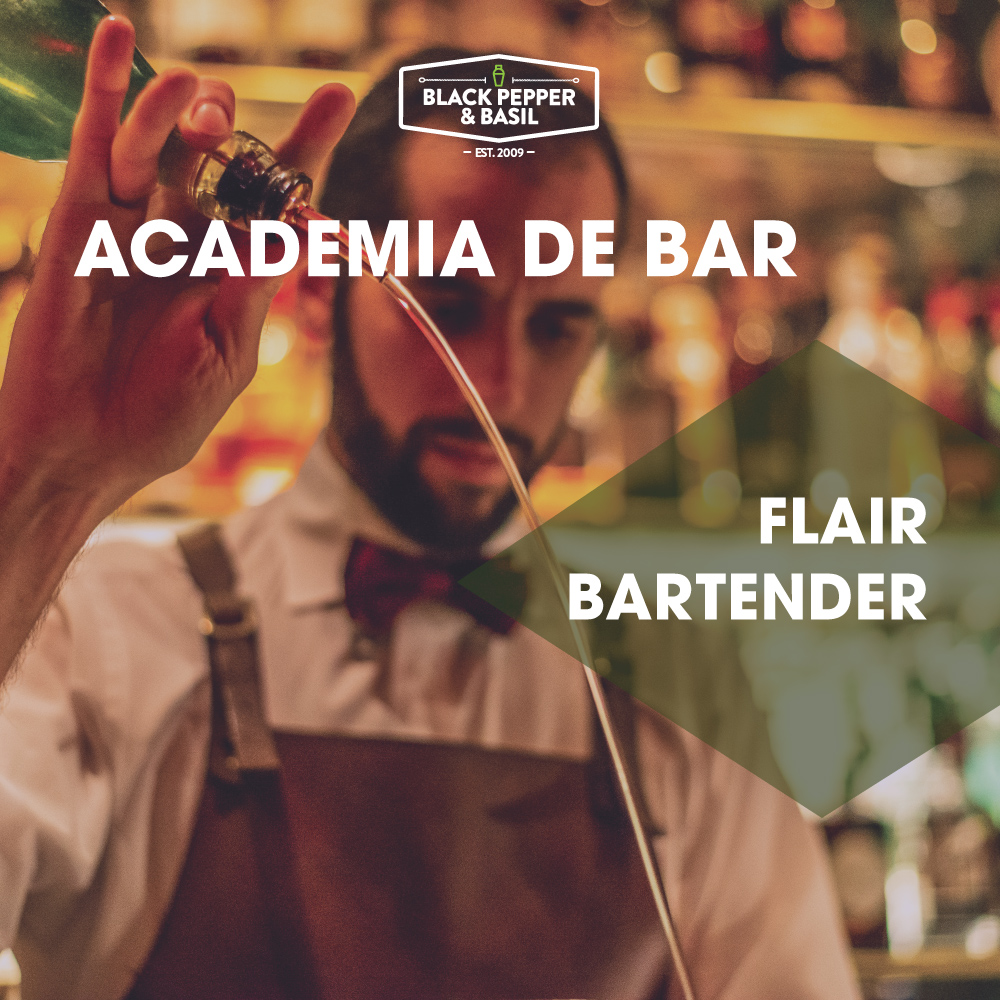
WORKLOAD: 25 HOURS
CREDIT POINTS: 2.25
Objectives
Identify the characteristics and routines of bar service with animation, display and show
(flair movements);
Identify the equipment and utensils used in bar service with animation, display and
show;
Prepare, decorate and serve drinks with animation, display and spectacle;
Apply the tricks used in bar service with animation, display and spectacle;
Comply with health and safety standards.
Content;
Identify the characteristics and routines of bar service with animation, display and show
(flair movements);
Identify the equipment and utensils used in bar service with animation, display and
show;
Prepare, decorate and serve drinks with animation, display and spectacle;
Apply the tricks used in bar service with animation, display and spectacle;
Comply with health and safety standards.

WORKLOAD: 50 HOURS
CREDIT POINTS: 4.5
Objectives
Identify the fundamentals of enology;
Identify the characteristics of wine regions;
Prepare and execute wine service;
Present the wine list;
Comply with health and safety standards.
Content;
Viticulture and enology;
Wine Regions;
Wine service;
Wine Counseling;
Presentation of the wines at the table;
Wine Temperatures;
Service sequences;
White, red, and sparkling wine service;
Dessert wine service;
Generous/fortified service;
Special services;
Wine List;
Hygiene and safety norms;
National Wines – wine regions, Minho, Douro, Trás-os-Montes, Dão, Bairrada, Beiras Lisbon,
Tejo, Carcavelos, Bucelas and Colares, Setúbal Peninsula, Alentejo, Algarve, Azores, Madeira,
International wines, Old World – France, Italy, Germany and Spain, New World;
Wine Tasting – Sight, Smell, Taste.

WORKLOAD: 45 HOURS
CREDIT POINTS: 4.5
Objectives
Identify the different types of compound drinks;
Prepare and make compound drinks;
Presenting and serving composite drinks;
Comply with health and safety standards.
Content;
Types of composite drinks with and without alcohol;
Cocktails;
Fizzes;
Collins;
Highballs;
Juleps;
Flips;
Contemporary classics;
Interface between services;
Preparation techniques for composite drinks;
Reading, interpreting, and applying recipes;
Beverage preparation;
Advisable temperatures for serving each beverage;
Preparation techniques for semi-products used in the decoration of drinks;
General principles of color, shape and material statics;
The borders, with sugar or salt;
Enfeites (comestíveis e não comestíveis);
Other traditional and thematic decorations;
Execution proceedings;
Composite beverage serving techniques;
Preparation of equipment, machines and utensils;
Preparation, capitation, decoration, and beverage service;
Rules for serving at the table or in the bar space;
Hygiene and safety norms.
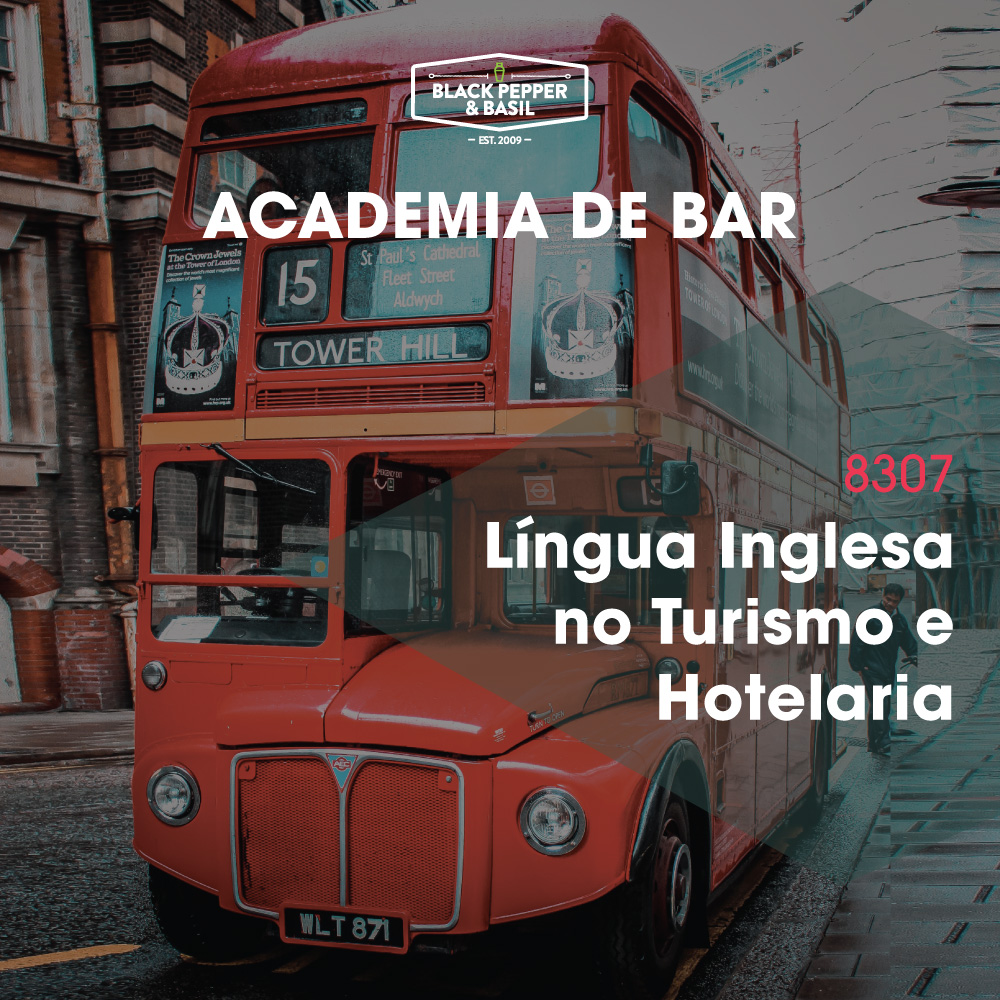
WORKLOAD: 45 HOURS
CREDIT POINTS: 4.5
Objectives
Characterize the region’s tourism and hotel offerings, in English, at the independent user level;
Describe the main tourist attractions and traditions of the region, in English, at the independent user level.
Content;
How the English language works;
Grammatical rules of syntax and semantics;
Meaningful units: paragraphs, periods, phase types, sentence structure;
Discourse adequacy;
Language functions;
Compare and contrast;
Providing and receiving information;
Listening and expressing opinions;
Suggest, describe, advise, present and criticize;
Asking questions and expressing preferences;
Ask for authorization;
Description and identification;
Tourist and hotel offer in the region;
Traditions of the region.
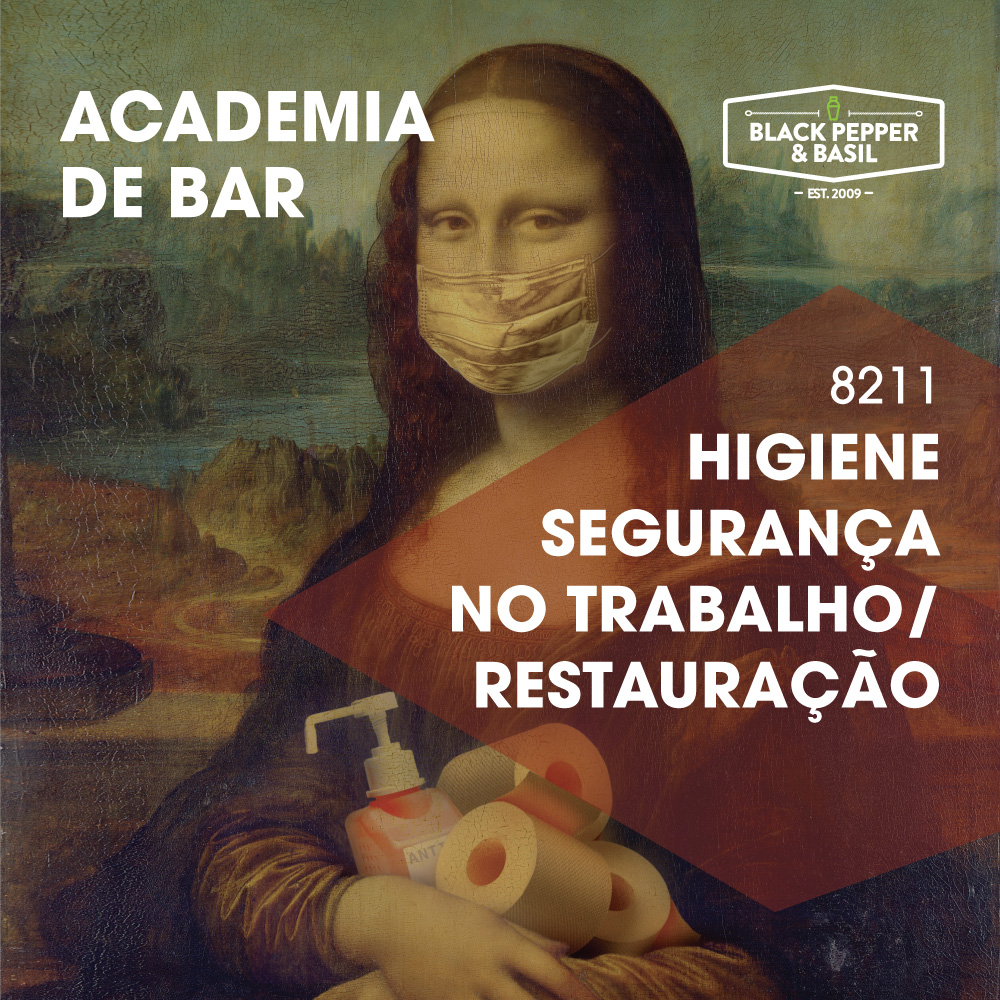
WORKLOAD: 25 HOURS
CREDIT POINTS: 2.25
Objectives
Identify safety standards and procedures in catering;
Apply the rules of personal hygiene, of the spaces, of the facilities, and of the equipment;
Recognize the importance of health standards in the exercise of the catering professions;
Apply accident and risk prevention and control procedures in a professional context.
Content;
Safety and hygiene norms in catering;
Safety signs for installations and equipment;
Equipment handling;
Standards of personal hygiene, of spaces, of facilities, and of equipment;
Collective and individual protection ;
Uniforms;
Dangerous products (labeling, storage and handling);
Health conditions of restaurant workers;
Types of risk and how to control them
Fires;
Electrical hazards;
Working with machines and equipment;
Manual and mechanical handling of loads;
Organize and size the workstation;
Postures at work;
Lighting and noise;
Hazardous atmospheres;
Risk management;
Consequences of accidents at work;
Occupational risk assessment ;
Emergency and risk procedures;
Acting and orientation techniques;
First Aid Box.
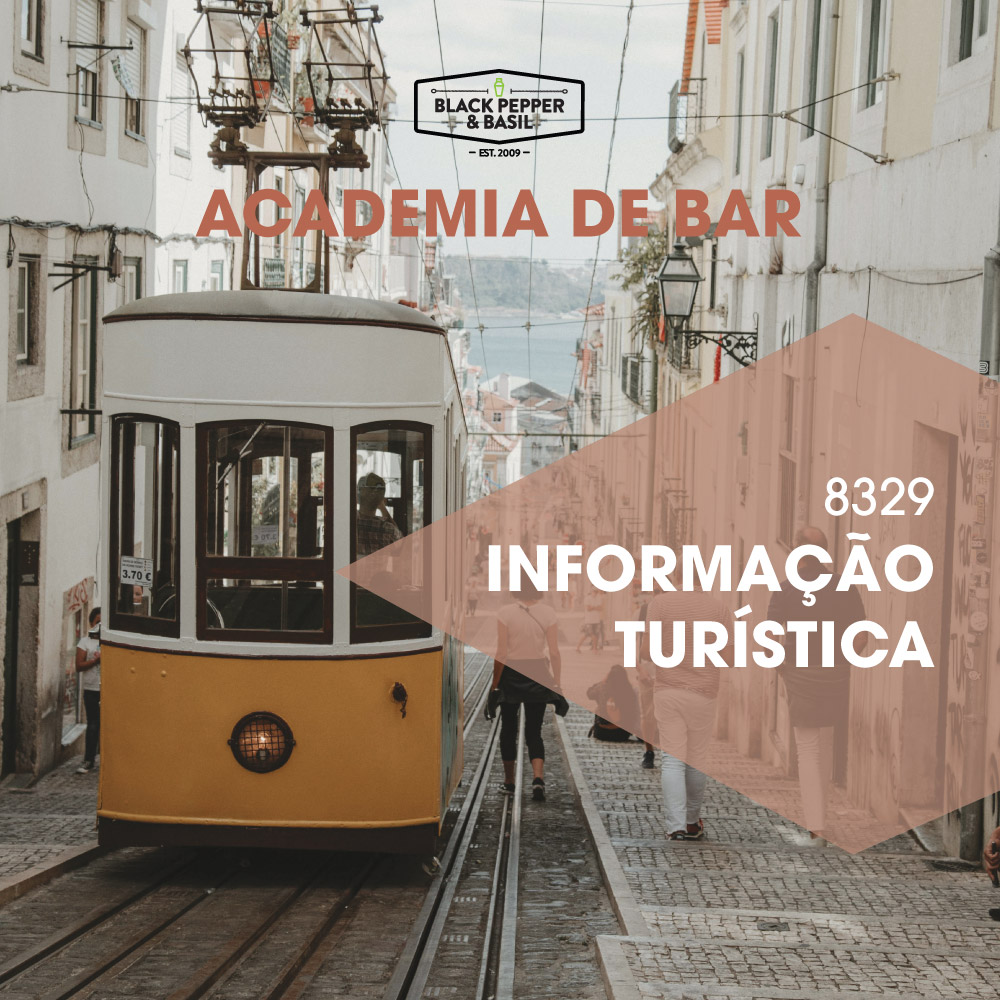
WORKLOAD: 25 HOURS
CREDIT POINTS: 2.25
Objectives
Define the concept of visitor;
Identify the different types of visitors;
Identify tourism trends and products.Provide information of a touristic nature.
Content;
Concept of Visitor;
Excursionist;
Tourism;
Visitor Profile;
Tourist Offering;
Tourist and hotel information;
Heritage and cultural aspects;
Historical, legendary and gastronomic facts of each region;
Places of cultural interest;
Entertainment venues.
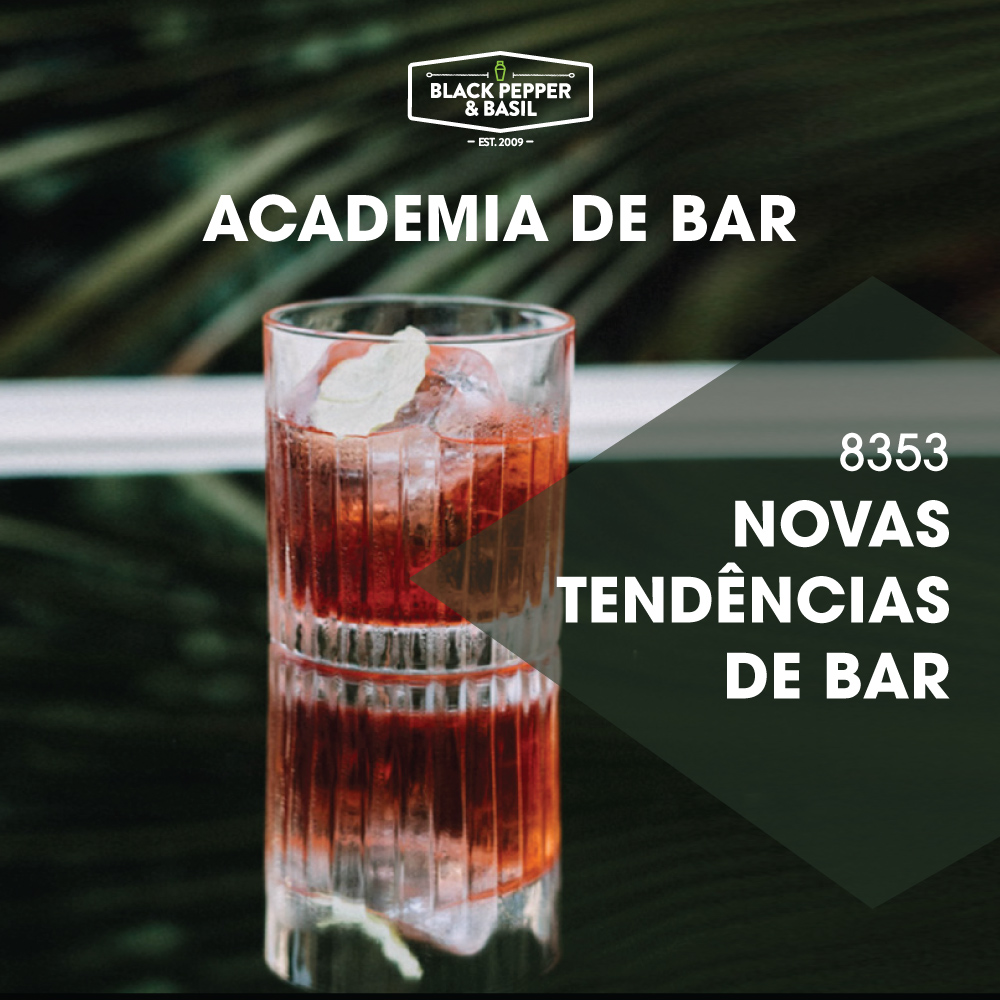
WORKLOAD: 25 HOURS
CREDIT POINTS: 2.25
Objectives
Identify the rules and techniques for using scientific material;
Execute the new bar trends;
Comply with health and safety standards.
Content;
Molecular Mixology;
Flavors, aromas, textures, and visual effects from drinks;
Freestyle Introduction;
Plans and freestyle sequences with bottles ready to pour;
Free Pouring (metal nozzle dosing test);
Non-spill beverage service;
Pre-mix preparation;
Fruit purees, ice cream and foam;
Hygiene and safety norms.
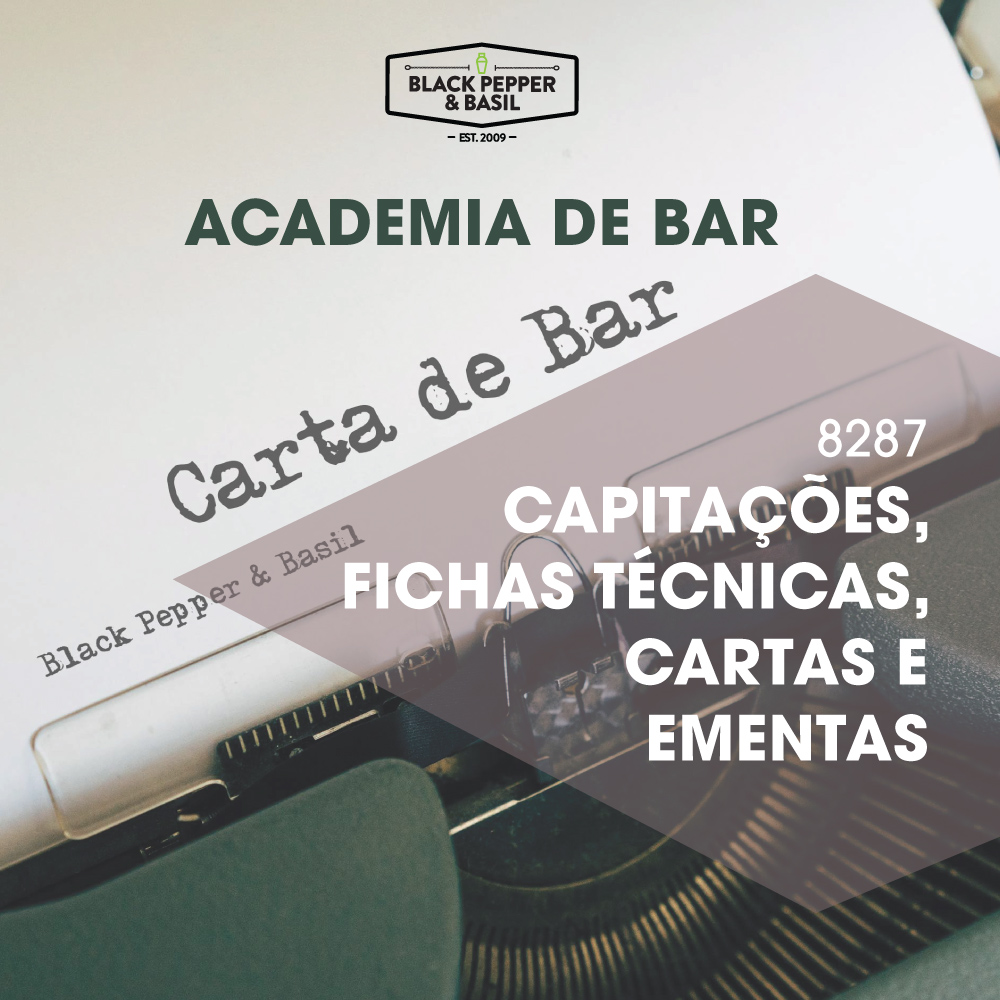
WORKLOAD: 25 HOURS
CREDIT POINTS: 2.25
Objectives
Calculate appropriate capitations for different services.
Perform the Cutter Test.
Elaborate and enhance data sheets.
Prepare letters and menus.
Content;
Data sheets (computer application);
Causes of high raw material costs;
Dosage Specification Standard – Capitations;
Definition of standard doses;
Yield Pattern of Food Products;
Calculation of production losses and waste;
Raw materials and food products valorization;
Preparation and enhancement of standard recipes;
– Applying the conversion factor
– Cost unit price
– Unit selling price
– Unit contribution margin (gross profit)
Elaboration of the Menu;
Menu types;
Dish selection rules;
– Profitability index
– Popularity Index
Menu construction.
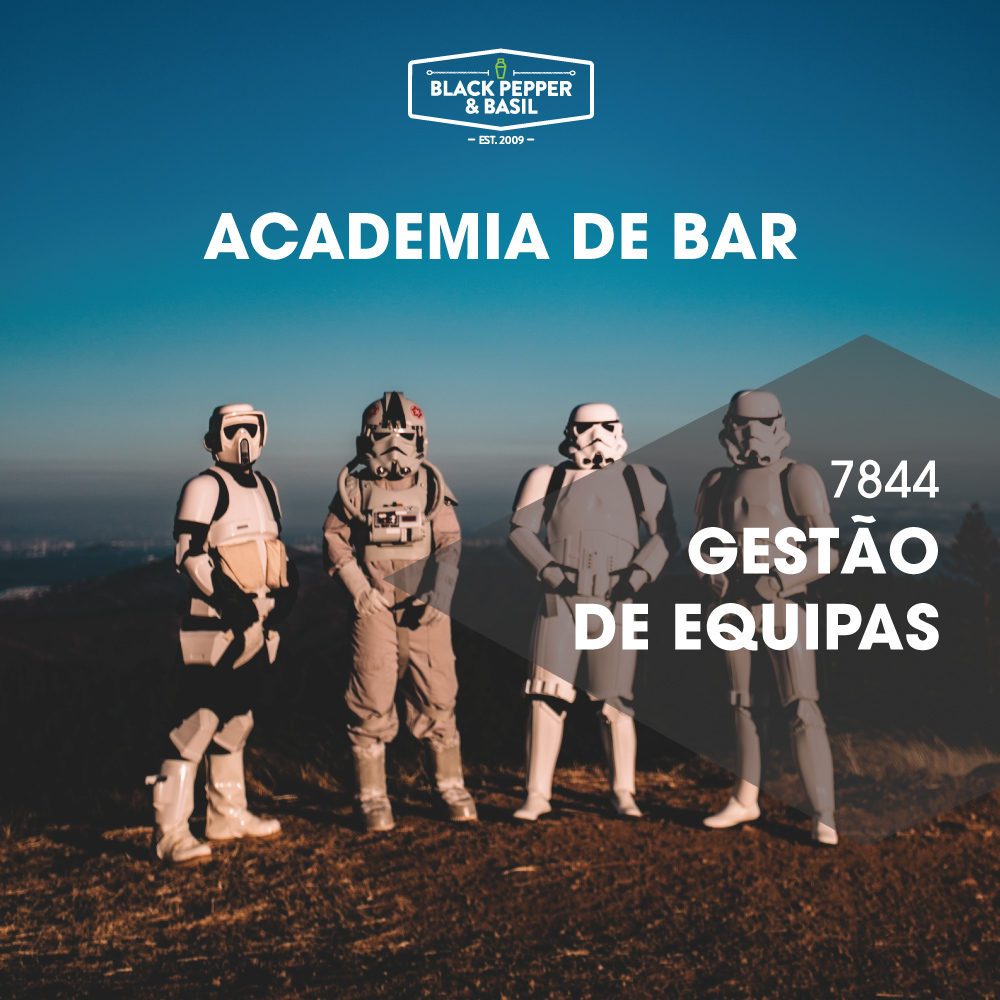
WORKLOAD: 25 HOURS
CREDIT POINTS: 2.25
Objectives
Organize and manage work teams;
Communicate and lead work teams;
Identify the success of teamwork by highlighting underlying advantages and dynamics;
Recognize the specifics and essentials for success in teamwork.
Content;
Teamwork organization;
Communicate effectively with the team;
Results- and people-oriented management;
Team motivation and dynamization techniques
Conflict Management
Team orientation for change
Team leadership: own phenomena and dynamics, challenges and specific problems;
Different Leadership styles;
Skills needed for team coordination;
Strategies for mobilizing the team to perform with excellence;
Management of problematic situations in the team;
Teamwork – implications and specifics;
Excellence in teamwork;
Interpersonal differences and their impact on teamwork;
Mobilization of personal resources in function of the team;
How to overcome impasses and obstacles in teamwork.
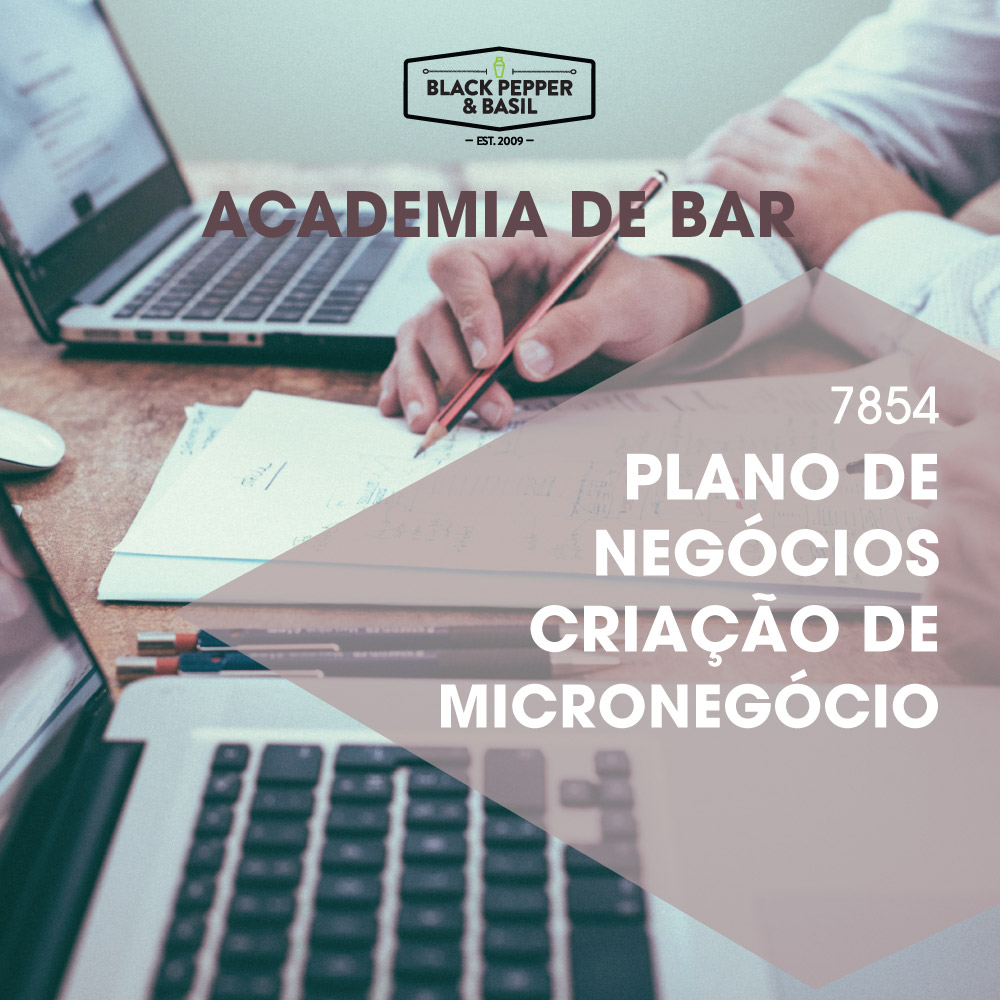
WORKLOAD: 25 HOURS
CREDIT POINTS: 2.25
Objectives
Identify the main methods and techniques of time and work management;
Identify success and failure factors, strengths and weaknesses of a business;
Prepare an action plan for the presentation of the business project to be developed;
Develop a budget to support the presentation of a project with feasibility
economic/financial;
Draw up a business plan.
Content;
Work planning and organization;
Personal work organization and time management;
Attitude, hard work, and results orientation;
Concept of action plan and business plan;
Key success and risk factors in business;
Business Experience Analysis:
– Successful Business
– Business Failure
SWOT analysis of the business:
– Strengths and Weaknesses
– Opportunities and threats or risks
Market segmentation:
– Approach and study of the market
– Competitive Market
– Market penetration strategies
– Future market perspectives
Drawing up the individual action plan:
– Activities required to operationalize the business plan
– Customer acquisition process and contractual negotiation
Business strategy;
Strategic analysis, formulation and positioning;
Strategic formulation;
Strategy planning, implementation and control;
Technology-based business | Start-up;
Partnership management policies | Alliances and joint ventures;
Internationalization strategies;
Quality and innovation in the company;
Business plan;
Main features of a business plan:
– Goals
– Market, internal and external, and trade policy
– Business model and/or legal constitution of the company
– Stages and activities
– Human Resources
– Financial resources (financing entities, credit lines and own capital)
Ways of analyzing one’s own business in the medium and long term:
– Elaboration of the action plan
– Elaboration of the marketing plan
– Deviations from the plan
Evaluation of the business’s income potential;
Preparation of the procurement plan and budget;
Definition of the need for a financial loan;
Follow-up of the business plan;
Negotiation with the financiers.
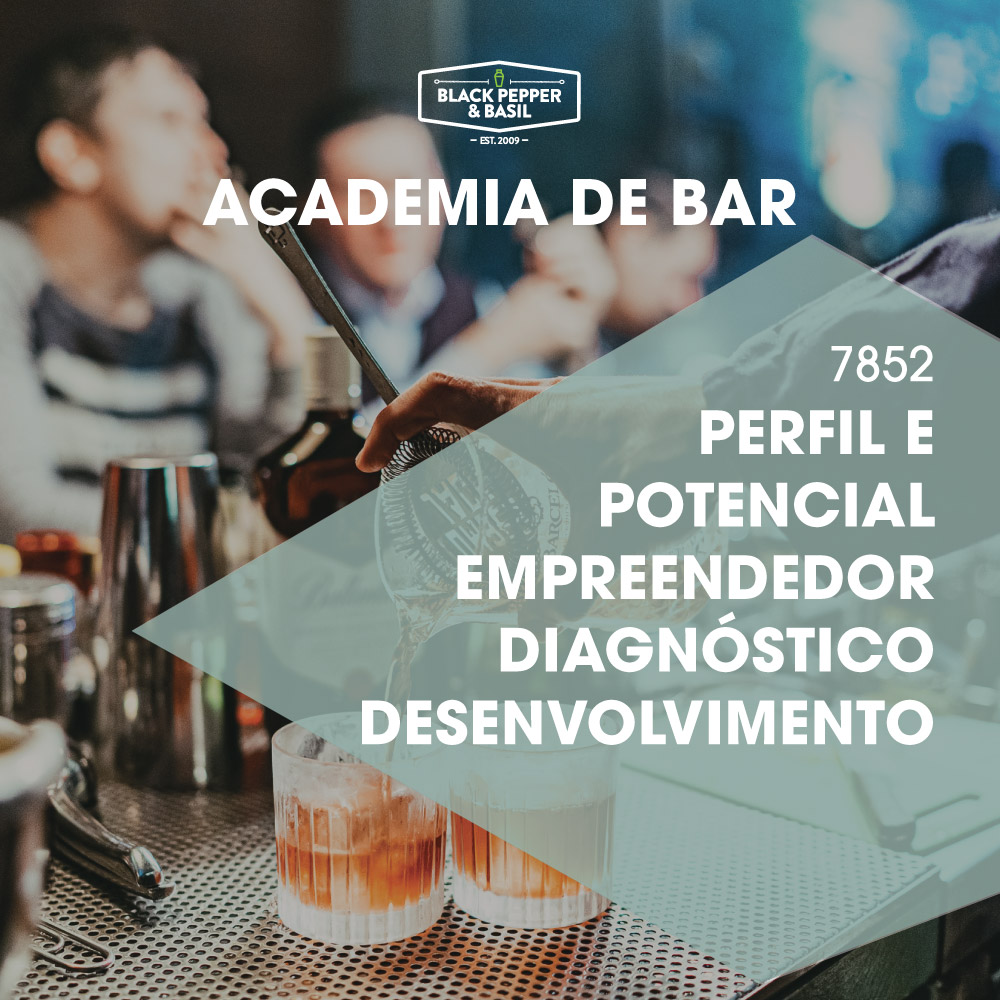
WORKLOAD: 25 HOURS
CREDIT POINTS: 2.25
Objectives
Explain the concept of entrepreneurship;
Identify the advantages and risks of being an entrepreneur;
Apply diagnostic and self-diagnostic instruments for entrepreneurial skills;
Analyze the personal profile and potential as an entrepreneur;
Identify the needs for technical and behavioral development, in order to favor entrepreneurial potential.
Content;
Concept of entrepreneurship;
Advantages of being an entrepreneur;
Entrepreneurial spirit vs;
Self-diagnosis of entrepreneurial skills ;
Diagnosis of life experience;
Diagnosis of knowledge of “professional realities”;
Determination of the “own profile” and self-knowledge;
Self-diagnosis of personal motivations to become an entrepreneur;
Character traits and key competencies of the entrepreneurial profile:
– Self-confidence and self-motivation
– Ability to make decisions and take risks
– Persistence and resilience
– Persuasion
– Realization
Techniques:
– Business and customer-oriented area
– ICT planning, organization and mastery
– Leadership and teamwork
Factors that inhibit entrepreneurship;
Diagnosis of the entrepreneur’s needs;
Personal and technical needs;
Self-assessment questionnaire and its suitability to the behavioral profile of the Entrepreneur.
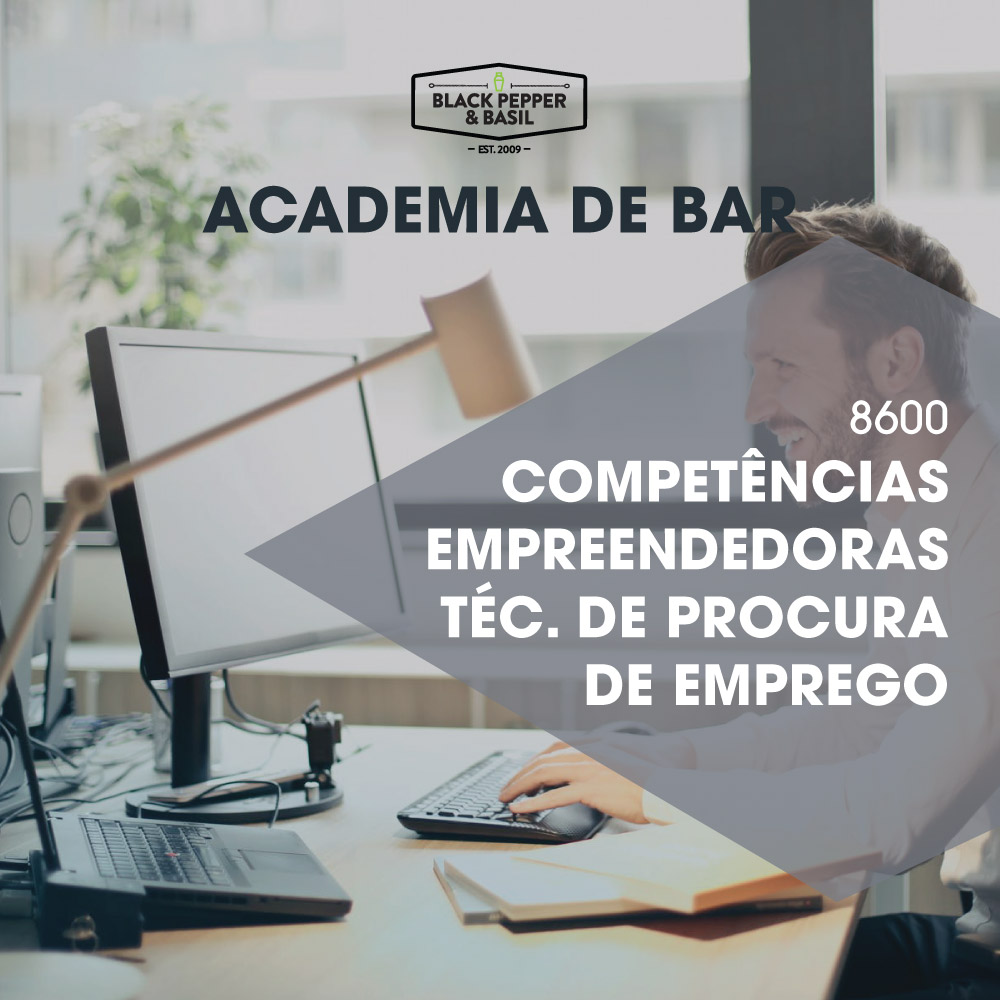
WORKLOAD: 25 HOURS
CREDIT POINTS: 2.25
Objectives
Define the concept of entrepreneurship;
Identify the advantages and risks of being an entrepreneur;
Identify the profile of the entrepreneur;
Recognize the business idea;
Define the phases of a project;
Identify and describe the various opportunities for entering the market and the respective support, particularly the Active Employment Measures;
Apply the main job search strategies;
Apply the rules for writing a resume;
Identify and screen job postings;
Recognize the importance of spontaneous applications;
Identify and appropriate behaviors and attitudes in a job interview.
Content;
Concept of entrepreneurship – multiple contexts and intervention profiles;
Profile of the entrepreneur;
Factors that inhibit entrepreneurship;
Business and design idea;
Consistency of personal project / business project;
Phases of project definition;
Working arrangements;
Visible and covert labour market;
Job search information search;
Active employment and training measures;
Geographical mobility (national, Community and extra-Community labour market);
Network of contacts;
Curriculum vitae;
Job advertisements;
Spontaneous application;
Job interview.
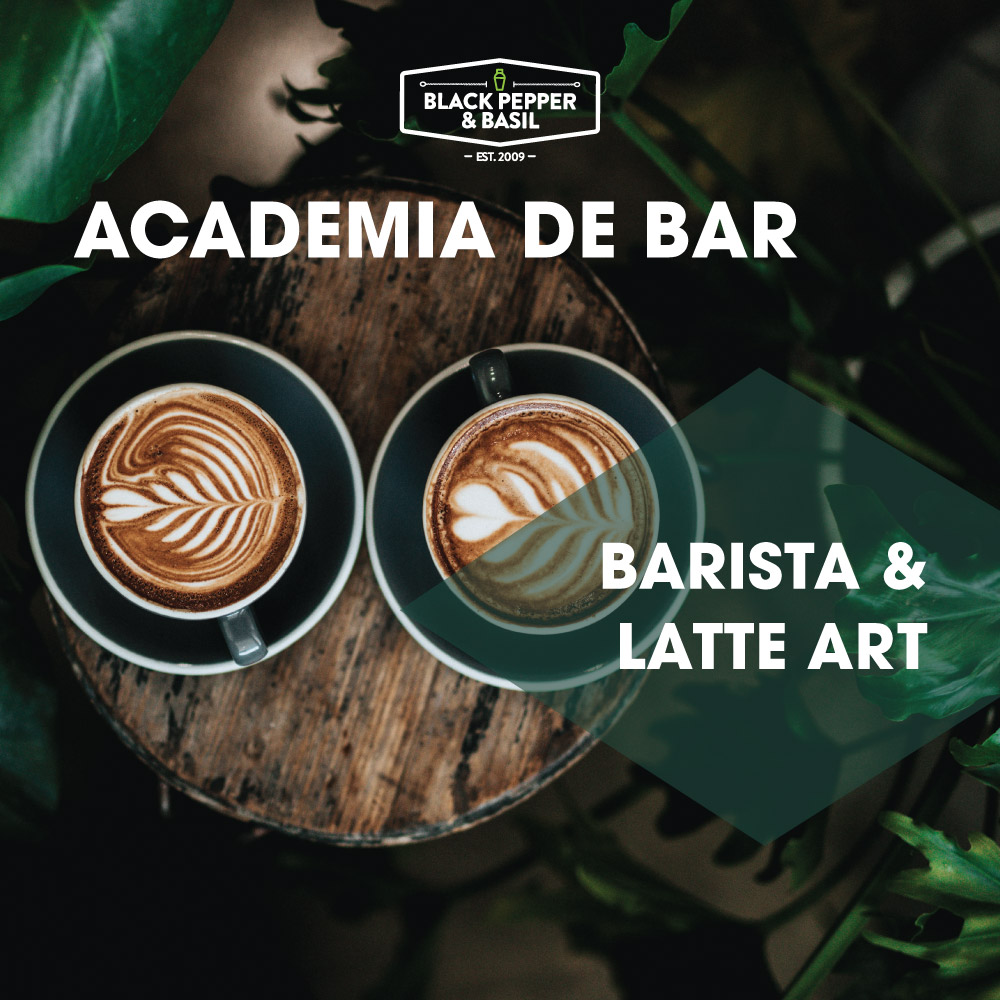
WORKLOAD: 50 HOURS
CREDIT POINTS: 4.5
Objectives
Identify the characteristics and rules of operation of a cafeteria;
Use the equipment and utensils of a cafeteria;
Operate in the sales terminal;
Supply the various products, ensuring their conservation status;
Apply the procedures inherent in the organization of the service of a cafeteria;
Comply with health and safety standards.
Content;
History and the various types of Coffee;
Coffee Rating;
Features of the Café;
Barista Equipment and Accessories;
The Espresso Coffee Machine;
Preparation of a step-by-step Espresso;
The “Crema”;
Milk Vaporization;
Cleaning and Maintenance of the Espresso Machine;
Basic Recipes;
Latte Art.

WORKLOAD: 50 HOURS
CREDIT POINTS: 4.5
Objectives
Assess the impacts and effects of the advent of the new economy, commercial transactions from virtual environments – B2C, B2B, B2A;
Identify e-marketing and e-commerce tools;
Apply information and communication management tools, creating a relationship of interactivity, focused on the needs of consumers;
Content;
Internet and distribution channels;
SEO;
Portals/websites/search engines/virtual shopping center/virtual stores;
Information technologies and the relationship with the client;
E-consumer;
E-marketing;
E-commerce;
Social Networkmanagement.
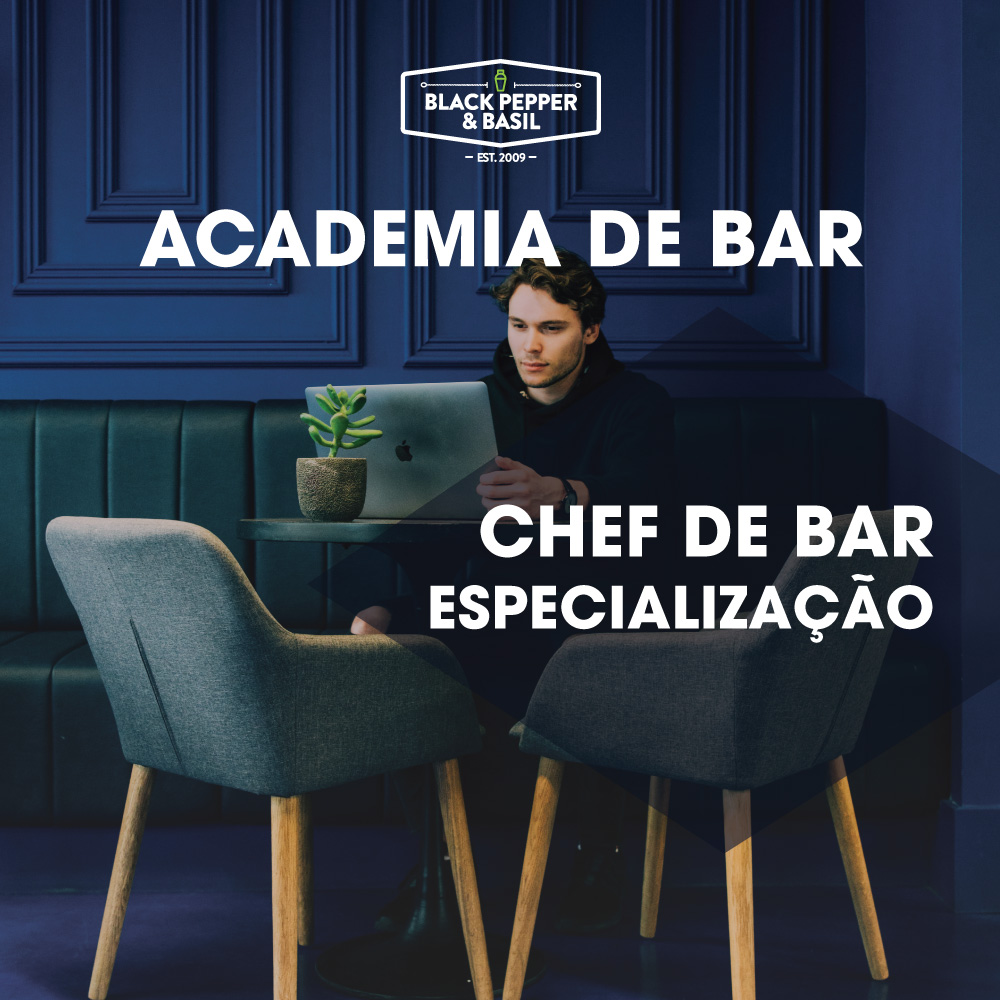
WORKLOAD: 100 HOURS
CREDIT POINTS: 9
Objectives
Identify specific software used in the restoration;
Apply the software in the registration and distribution of orders;
Master the software in billing;
Assign the software in stock control;
Apply the software in calculating the nutritional value of the delicacies.
Content;
Excel;
Letters and Menus;
Stocks and supply;
Cost control;
Pricing;
Kasavanah & Smith Headquarters;
Human resources management.

WORKLOAD: 75 HOURS
CREDIT POINTS: 4.75
Objectives
Prepare and collect drinks composed of short, medium, long and fancy drinks that can be served in a bar;
Presenting and serving composite drinks;
Comply with health and safety standards.
Content;
Molecular Mixology;
Flavors, aromas, textures, and visual effects from drinks;
Freestyle Introduction;
Plans and freestyle sequences with bottles ready to pour;
Free Pouring (metal nozzle dosing test);
Non-spill beverage service;
Pre-mix preparation;
Fruit purees, ice cream and foam;
Hygiene and safety norms;
Technology of raw materials, equipment and utensils;
Techniques not only of preparation of beverages composed of short, medium, long and fancy drinks, but also of techniques and semi-products used in decoration.
Training Project Funded by:





